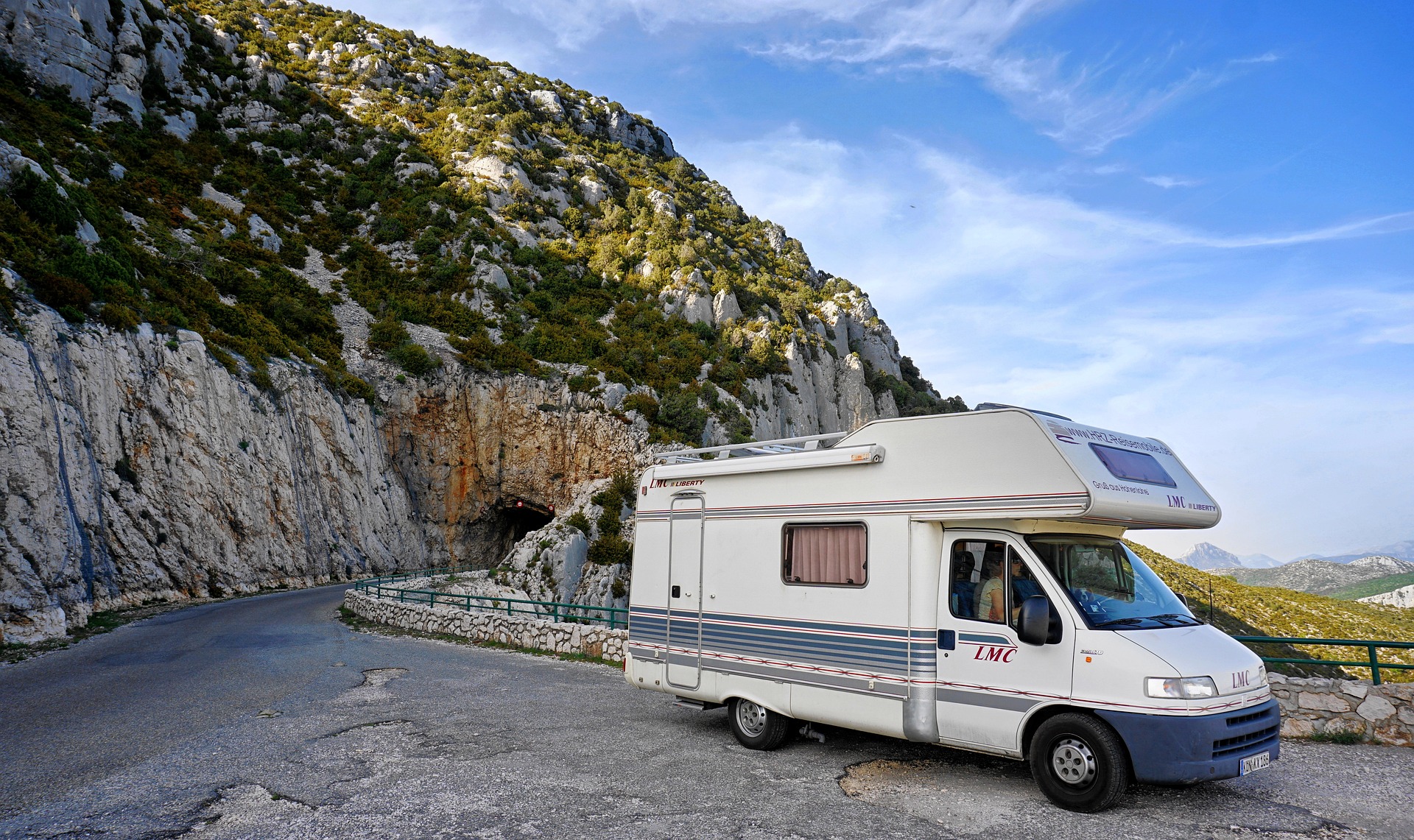Embracing the Nomadic Yurt Life: A New Wave of Adventure Travel
Imagine waking up to the sound of gentle winds rustling across vast steppes, surrounded by the warmth of felt walls and the rich aroma of traditional herbs. This is the essence of yurt living, an ancient nomadic tradition that's experiencing a modern resurgence in the world of adventure travel. As travelers seek more authentic and immersive experiences, the allure of temporary nomadic dwellings is captivating adventurers worldwide, offering a unique blend of cultural immersion and sustainable exploration.

The design of yurts is a testament to human ingenuity, combining simplicity with remarkable efficiency. The circular shape maximizes internal space while minimizing exposure to wind, making them ideal for withstanding the extreme conditions of the steppes. The central opening at the top, known as the crown or tono, serves multiple purposes - allowing smoke to escape, fresh air to circulate, and natural light to illuminate the interior.
The Modern Yurt Revival in Travel
In recent years, there has been a notable shift in travel preferences towards more authentic, nature-connected experiences. This trend has breathed new life into the ancient practice of yurt living, transforming it into a sought-after adventure travel option. Modern travelers, weary of conventional hotels and resorts, are increasingly drawn to the unique experience of staying in these traditional dwellings.
This revival isn’t limited to the steppes of Central Asia. Yurt accommodations are popping up across the globe, from the mountains of North America to the coastal regions of Europe. These modern iterations often blend traditional designs with contemporary comforts, offering travelers a taste of nomadic life without sacrificing convenience.
Cultural Immersion Through Yurt Stays
One of the most compelling aspects of the yurt travel trend is the opportunity for deep cultural immersion. In countries like Mongolia, Kyrgyzstan, and Kazakhstan, staying in a yurt often means living alongside nomadic families, participating in their daily routines, and gaining firsthand insight into a way of life that has remained largely unchanged for millennia.
Travelers might find themselves helping to milk horses for kumis (fermented mare’s milk), learning the art of felt-making, or assisting in the assembly and disassembly of yurts. These experiences offer a level of cultural engagement that goes far beyond typical tourist activities, fostering a genuine connection with local communities and traditions.
Sustainable Travel and Yurt Living
The growing popularity of yurt stays aligns perfectly with the increasing demand for sustainable travel options. Yurts, by their very nature, have a minimal environmental impact. Their portable design leaves little trace on the landscape, and their construction typically utilizes locally sourced, natural materials.
Many modern yurt camps are taking sustainability a step further, incorporating solar power, composting toilets, and rainwater harvesting systems. This eco-friendly approach not only minimizes the environmental footprint of travel but also educates visitors about sustainable living practices.
The Therapeutic Benefits of Yurt Life
Beyond cultural and environmental considerations, the yurt living experience offers significant therapeutic benefits for travelers. The simplicity of yurt life, often set against breathtaking natural backdrops, provides a perfect setting for disconnecting from the stresses of modern life and reconnecting with oneself and nature.
Many travelers report improved sleep quality, reduced stress levels, and a renewed sense of perspective after spending time in yurts. The circular design of these dwellings is said to create a sense of harmony and balance, while the proximity to nature fosters a deeper appreciation for the environment.
Yurt Travel: Essential Tips and Fascinating Facts
• Pack layers: Yurts can be warm during the day but cool at night
• Respect local customs: Always ask before taking photos of people or their homes
• Learn basic phrases in the local language to enhance your experience
• Participate in daily activities to fully immerse yourself in the nomadic lifestyle
• Be prepared for basic living conditions - many yurt camps have limited electricity and no Wi-Fi
• The word ‘yurt’ comes from the Turkic word meaning ‘dwelling place’
• A traditional yurt can be assembled or disassembled in about an hour
• The oldest known yurt was discovered in a Scythian burial mound, dating back to 600 BC
• In some cultures, the position of the yurt’s door is determined by astronomical observations
• Genghis Khan reportedly ruled his vast empire from a large wheeled yurt
A Journey of Discovery and Connection
The rise of yurt travel represents more than just a new accommodation trend; it’s a gateway to a profound journey of discovery and connection. By choosing to embrace the nomadic yurt life, even temporarily, travelers open themselves to a wealth of experiences that challenge perspectives, foster cultural understanding, and promote sustainable practices.
As we continue to seek more meaningful ways to explore our world, the ancient wisdom embodied in yurt living offers valuable lessons in simplicity, adaptability, and harmony with nature. Whether it’s stargazing through the crown of a Mongolian ger or sharing stories around a fire in a modern eco-yurt, these experiences have the power to transform not just our travels, but our approach to life itself.





